Thomas E. Bergler





To my students at Huntington University
who remind me every day of the value of youth ministry
ix
It has been a long journey from initial idea to final publication of this book. I want to thank those who helped me begin the journey, especially my doctoral advisor, George Marsden, and the members of my dissertation committee, Gail Bederman, John McGreevy, and James Turner, for their valuable advice. George is a gracious man and I owe him a great debt of gratitude. Notre Dame friends Brian Bademan, Jay Case, Victor Hinojosa, Tommy Kidd, James McCartin, Steve Nolt, Kurt Peterson, John Turner, Bill Svelmoe, and John Wigger all provided encouragement and helpful comments on my work.
I also want to express my gratitude to those who funded this project. The University of Notre Dame Graduate School provided both a Presidential Fellowship and a Zahm Travel Grant. The Pew Program in Religion and American History provided a dissertation fellowship and an opportunity to share my work with other dissertation fellows and senior faculty members. The University of Notre Dame History Department provided funds for research trips. Most recently, President G. Blair Dowden, Academic Dean Norris Friesen, and the trustees of Huntington University generously granted me a sabbatical leave to complete this book. Huntington University also provided travel funds to present parts of this book at academic conferences.
I also want to thank the staffs of the University of Notre Dame Library, its Archives, and Special Collections for providing friendly support services and an enjoyable research environment. I offer special thanks to the staffs of the Archives of Catholic University of America, the Billy Graham Center Archives, the Methodist Center for Archives and History, the Southern Baptist Historical Library and Archives, the Vanderbilt University Archives, and the Western Reserve Historical Society. Their cheerful service helped me go through reams of material in record time. Thanks are also due to Barbara Freese of the American Baptist Theological Seminary Library who went above and beyond the call of duty to help me find materials on the National Baptist Convention.
During the research phase of this project I was privileged to meet and worship with the members of First Baptist Church, Capitol Hill in Nashville. Dr. Evelyn Fancher connected me with church members to interview and helped me find materials in the church's archives. I am especially grateful to those who took the time to tell me their memories of the Rev. Kelly Miller Smith and of the church: Cecelia Adkins, Alice Archer, Virginia Bright, Calvin Calhoun, Inez Crutchfield, Zelma Ewing, Dorothy Fort, Evelyn Gaines, Ben Harris, Alice Smith Key, Dorothy and Sherman Webster, Mary Wickware, and Delois Wilkinson.
My students and colleagues at Huntington University have provided a congenial environment for discussion, thinking, and writing about youth ministry and the church. In particular, I want to thank my colleagues in the Ministry and Missions Department, Luke Fetters, Karen Jones, Bob Myers, RuthAnn Price, and Melanie Ross, for their support and friendship. Thanks to my colleagues in the International Association for the Study of Youth Ministry and the Association of Youth Ministry Educators who provided valuable feedback when I presented papers related to this book.
It was my pleasure to speak with many other people who took interest in the project and shared their own youth group memories. Thanks to all of you for encouraging me on the journey. I especially want to thank Jan Munk and her prayer group for praying that this book would find a publisher. My editor at Eerdmans, David Bratt, was always gracious and helpful. Thanks for believing in this project and expending such effort to see it in print.
I would also like to thank the members and leaders of the Methodist Youth Fellowship, Youth for Christ, the Catholic Youth Organization, and the Baptist Young People's Union of the National Baptist Convention, most of whom I have never met. I hope that they will correct me with gentleness and grace if I have misrepresented them or their organizations at any point. I respect each of these organizations for seeking to help young people come into a full experience of the life of Jesus Christ. Finally, I offer thanks to Sarah Bergler, who provided love and encouragement throughout the many years it took to finish this project.


 is Sunday morning. Let's visit a typical middle-class American church. As we walk into the main worship area, notice that people are dressed less formally than they will be when they go to work on Monday morning. You can't tell just by looking at them, but quite a few did not grow up in this particular church or even in this denomination. Some ended up here only after shopping around for a church. They chose this one not because of its denominational affiliation, but because its worship services and other activities helped them feel connected to God and to other people. Church members will happily tell you all about their faith and its important role in their lives. But ask them to explain their church's beliefs and how they differ from those of other churches, and you might get an awkward silence.
is Sunday morning. Let's visit a typical middle-class American church. As we walk into the main worship area, notice that people are dressed less formally than they will be when they go to work on Monday morning. You can't tell just by looking at them, but quite a few did not grow up in this particular church or even in this denomination. Some ended up here only after shopping around for a church. They chose this one not because of its denominational affiliation, but because its worship services and other activities helped them feel connected to God and to other people. Church members will happily tell you all about their faith and its important role in their lives. But ask them to explain their church's beliefs and how they differ from those of other churches, and you might get an awkward silence.
During worship, the congregation sings top-forty-style songs addressed to God and heavily peppered with the words "I," "you," and "love." In the sermon, the pastor may talk about "falling in love with Jesus." With or without the romantic analogy, the preacher will spend a lot of time on the topic of God's love. Even in theologically conservative churches, you won't hear much about guilt, suffering, or judgment. Some pastors will describe the life of faith as a "search" or a "journey" and imply that constant restlessness is the mark of authentic spirituality. A member of the congregation may tell the story of his or her faith journey during the public worship service. Even in Protestant denominations long noted for their suspicion of idolatry, you can count on seeing some visual, dramatic, or even entertaining element in the worship service. It might be a musical performance, a dramatic presentation or film clip, or maybe an elaborate liturgy designed to appeal to the senses. It could even be just a vivid story or use of humor in the sermon. Ask the regulars, and they'll gladly tell you their favorite parts of the church service, just like they can tell you about their favorite movies, music, or television shows. Even if the church officially frowns on combining entertainment and worship, its members still tend to behave like spectators.


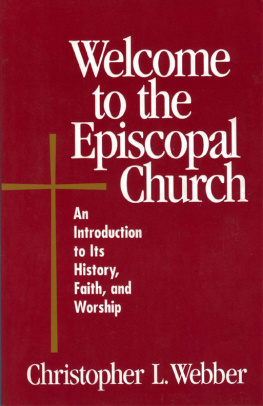

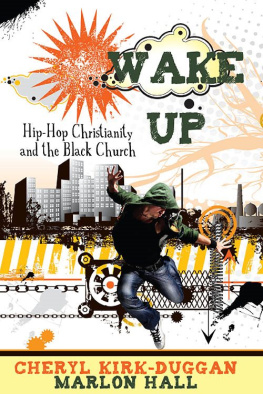
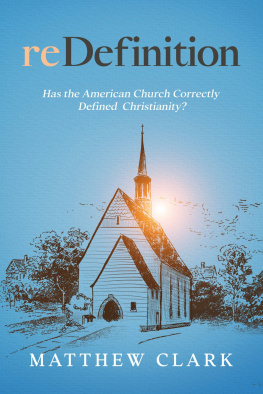
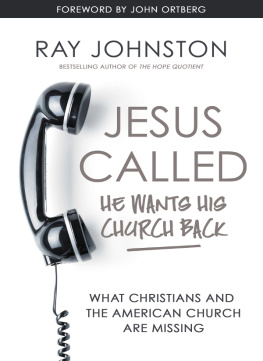
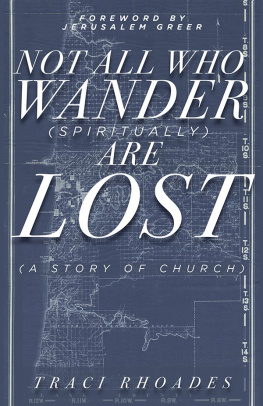
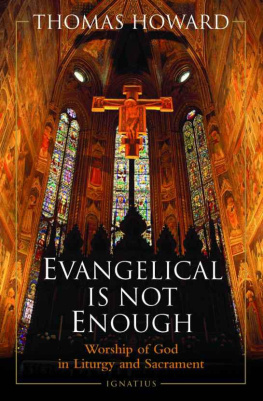
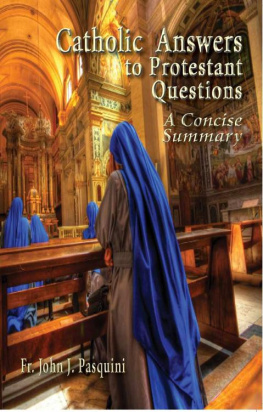
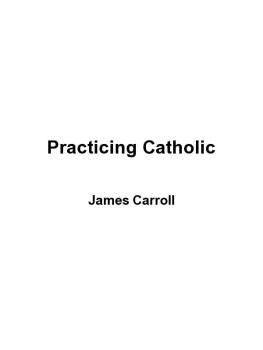

 is Sunday morning. Let's visit a typical middle-class American church. As we walk into the main worship area, notice that people are dressed less formally than they will be when they go to work on Monday morning. You can't tell just by looking at them, but quite a few did not grow up in this particular church or even in this denomination. Some ended up here only after shopping around for a church. They chose this one not because of its denominational affiliation, but because its worship services and other activities helped them feel connected to God and to other people. Church members will happily tell you all about their faith and its important role in their lives. But ask them to explain their church's beliefs and how they differ from those of other churches, and you might get an awkward silence.
is Sunday morning. Let's visit a typical middle-class American church. As we walk into the main worship area, notice that people are dressed less formally than they will be when they go to work on Monday morning. You can't tell just by looking at them, but quite a few did not grow up in this particular church or even in this denomination. Some ended up here only after shopping around for a church. They chose this one not because of its denominational affiliation, but because its worship services and other activities helped them feel connected to God and to other people. Church members will happily tell you all about their faith and its important role in their lives. But ask them to explain their church's beliefs and how they differ from those of other churches, and you might get an awkward silence.